The C/2020 F3 Neowise was a sensation of this summer – meant to be seen with naked eyes, but it looks was better with a telescope… or a telephoto lens :D Since i got my 500mm lens, i try to use for astrophotograhy, despite its limitations. I missed to catch the comet in the dawn, but i successfully could take a time when the sky was clear, after the comet became visible on the night sky.
So about visibility with naked eyes : I only could see a smut of light near the Talitha star in Ursa Major with naked eyes (the comet moved away to west since then). It was dim even through the telephoto lens, only spectacular on the long expositions with high sensitivity. But on those, it really looked good! And, actually, even with a difficult-to-see comet is very rare.
Here are some of the shots, find below :)
If you want to see the comet yourself, even with or without a telescope, the Live Planetarium is a useful tool to find it : https://theskylive.com/planetarium?objects=sun-moon-c2020f3-mercury-venus-mars-jupiter-saturn-uranus-neptune-pluto&localdata=47.18995%7C18.41034%7CSzekesfehervar+(HU)%7CEurope%2FBudapest%7C0&obj=c2020f3&h=19&m=50&date=2020-07-21#ra|10.050646856487862|dec|46.22508503412231|fov|80
Also is Google Sky Map :)
And an advice, to be patient, wait until it’s almost completley dark, as the comet is very dim, so you cannot see it even after 30 minutes after the sunset. Your eyes need time to accomodate to the darkness.

 Dark Mode
Dark Mode 

 No fees, cancel anytime
No fees, cancel anytime 


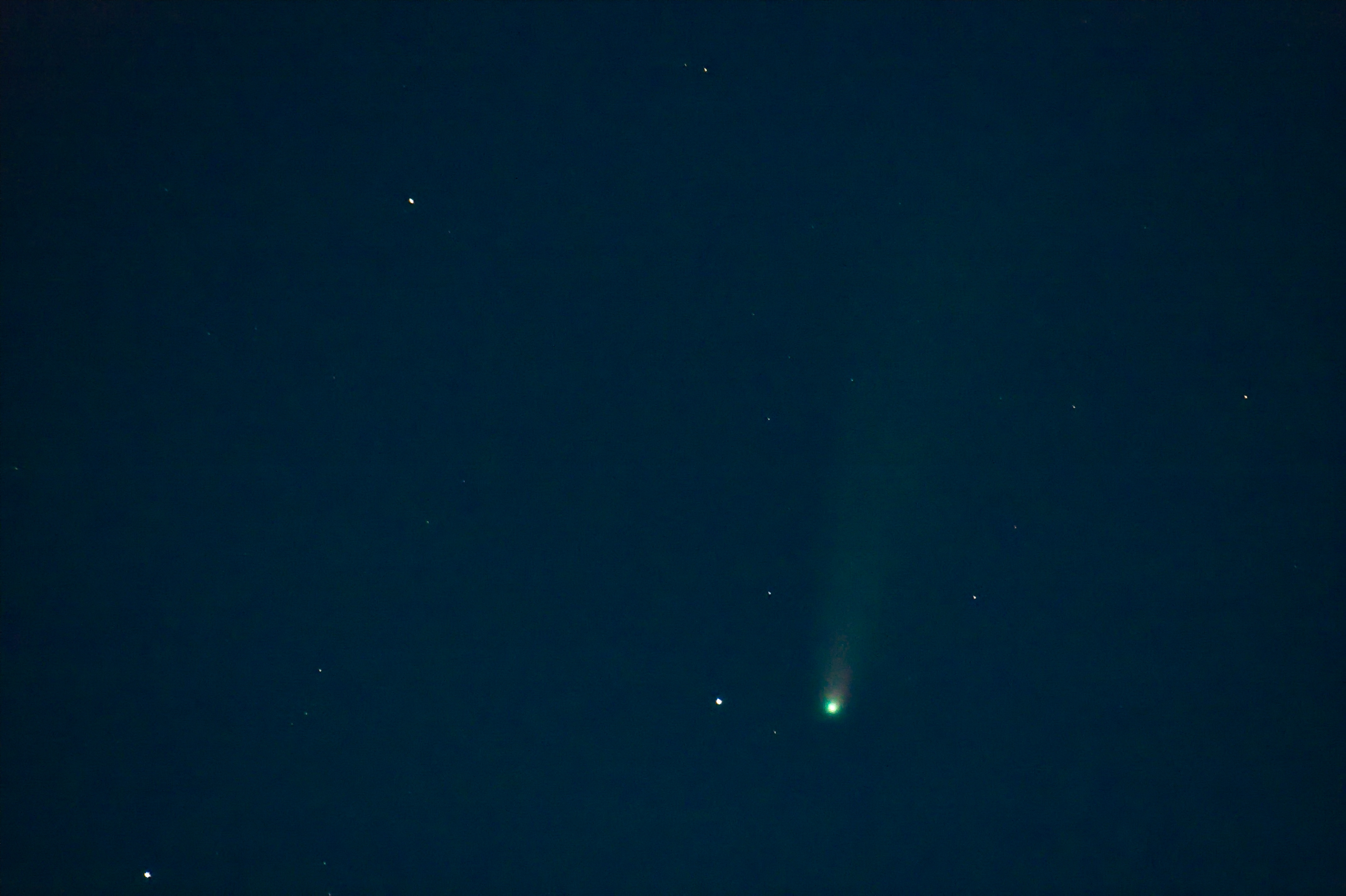

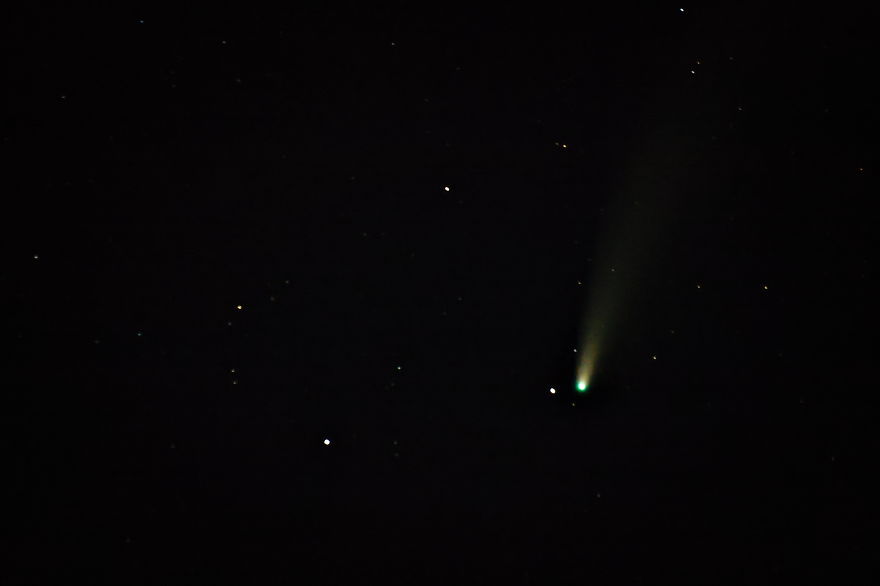
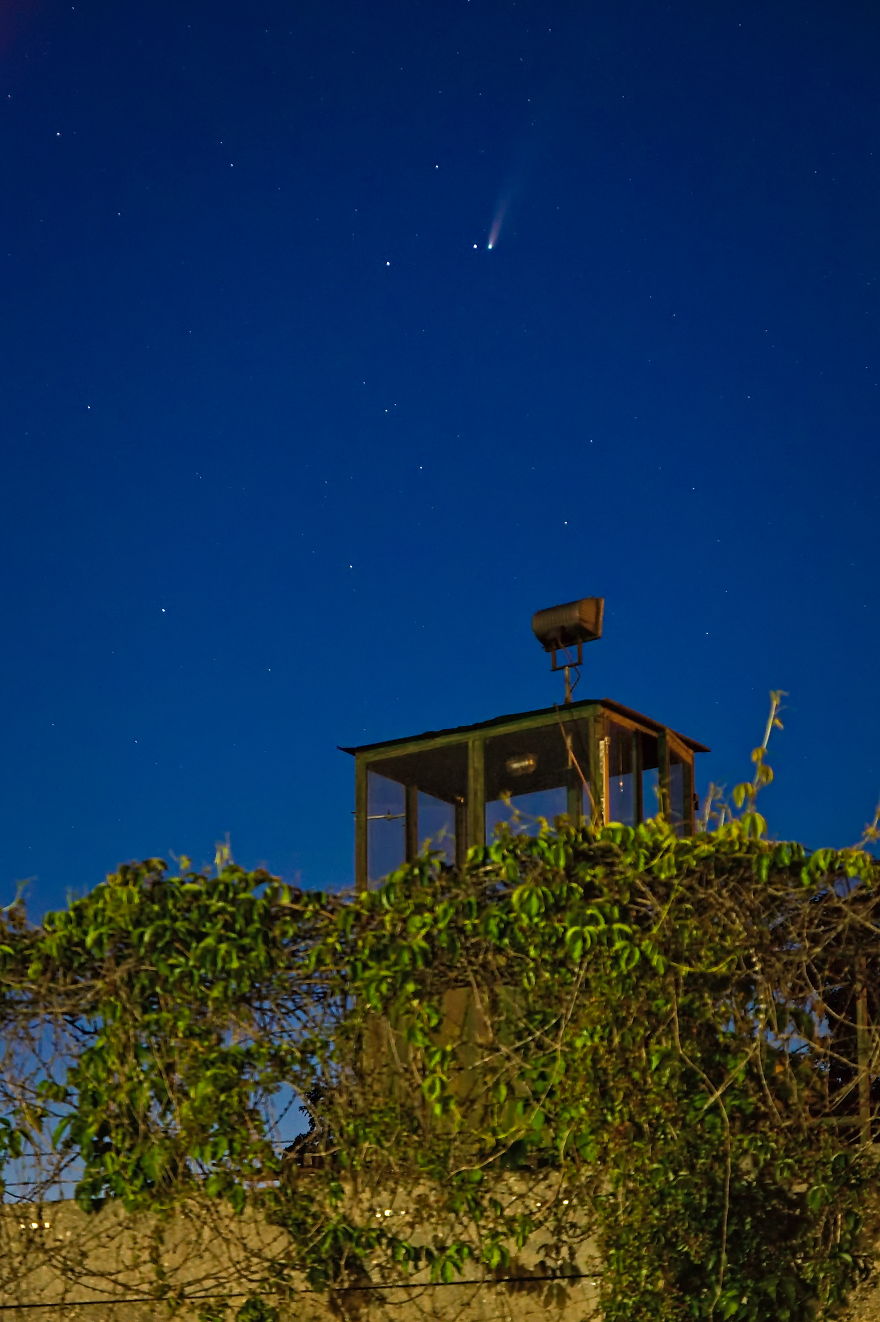
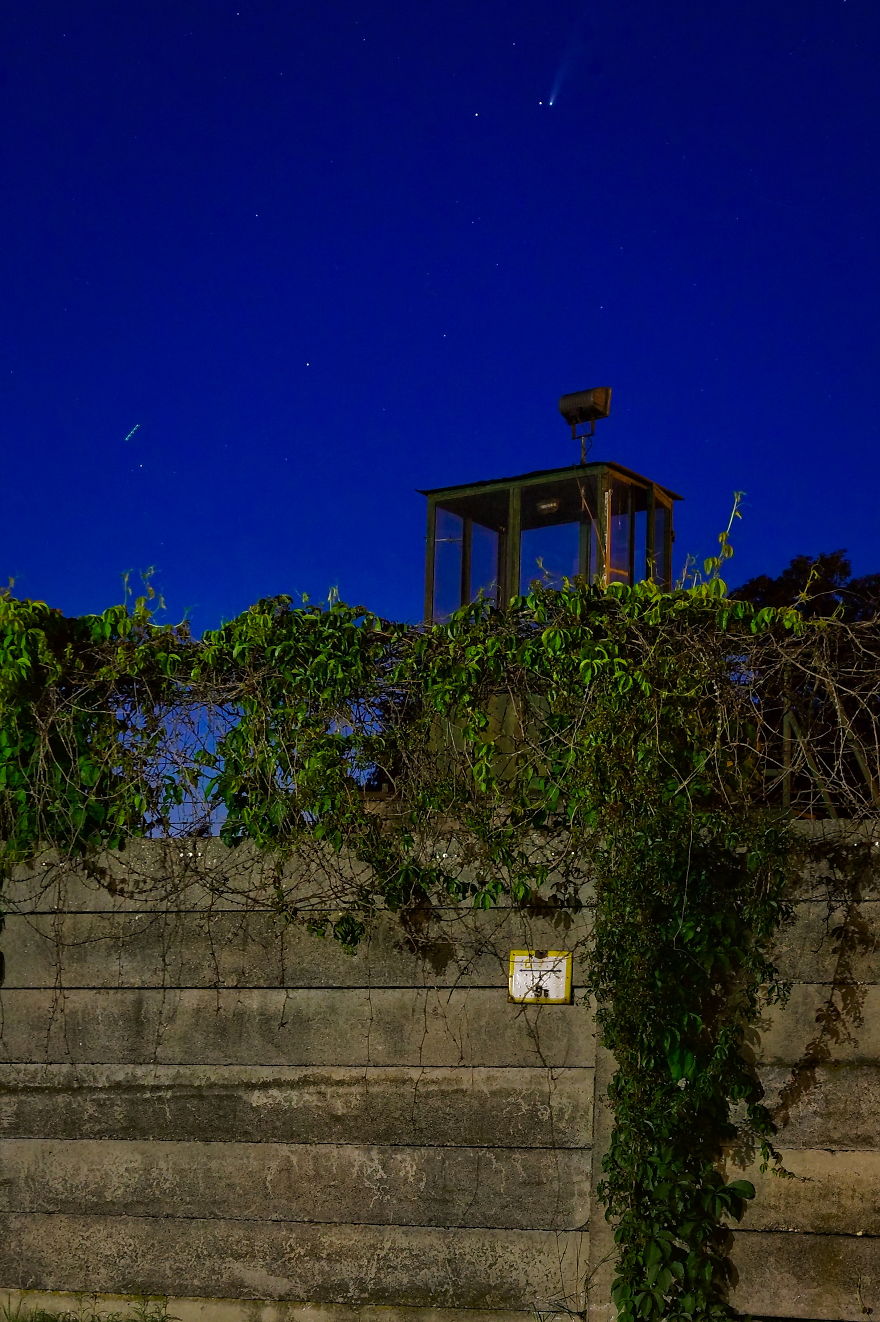


















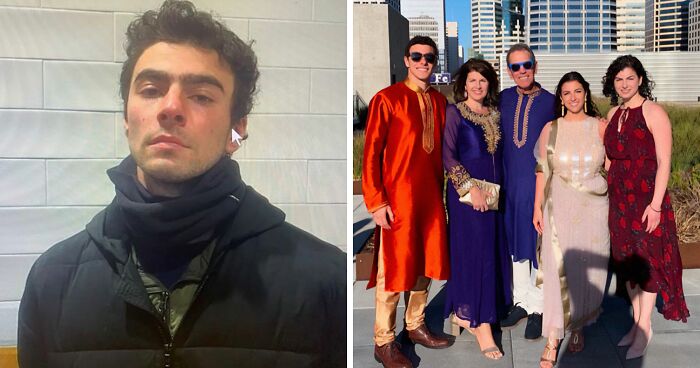

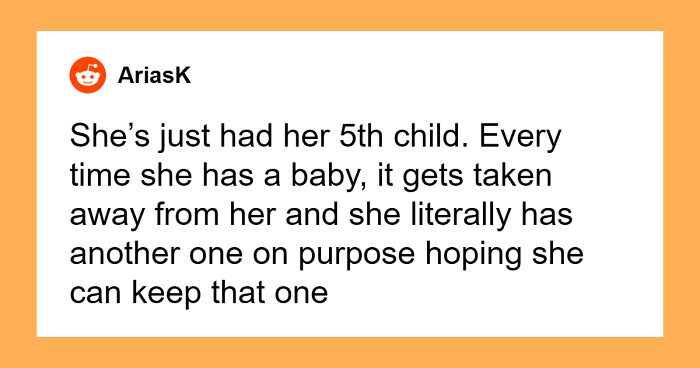


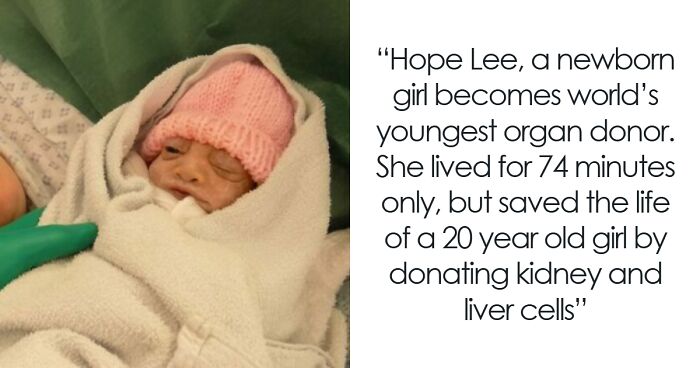

5
0